The Qinghai-Tibet Plateau serves as a net greenhouse gas sink in China, a phenomenon that is expected to persist for several decades amid global warming, Chinese scientists said in a new study.
Greenhouse gas sinks, such as forests and soils, absorb more carbon than they release and are crucial to fighting climate change.
Data on the land surface of the Qinghai-Tibet Plateau in the 2000s and 2010s "showed that the region absorbs greenhouse gases at a rate that effectively offsets its emissions, resulting in a state of near climate neutrality", said Wang Tao, the corresponding author of the study, which was published this month in the journal Science Bulletin. Wang is a researcher at the Institute of Tibetan Plateau Research of the Chinese Academy of Sciences.
The Qinghai-Tibet Plateau plays an important role in China's carbon neutrality efforts, with significant annual absorption of carbon dioxide, or CO2, especially through its forests and grasslands, Wang said. Despite this, uncertainties remain regarding its greenhouse gas budget — the set amount of greenhouse gases that can be emitted for a given level of global warming — due to factors such as the intensification of livestock systems and the expansion of surface water bodies, he added.
"Simply put, the greenhouse gas sink on the Qinghai-Tibet Plateau can be viewed as a process involving the absorption of carbon dioxide and the emission of other greenhouse gases such as methane and nitrous oxide," Wang said.
He emphasized that methane and nitrous oxide, as the second and third most important greenhouse gases, possess substantial greenhouse effect potential despite their lower quantities.
The warming effect per unit of methane is about 27 times that of carbon dioxide, while nitrous oxide's warming effect is even more pronounced, at around 273 times that of CO2.
"The Qinghai-Tibet Plateau stands as the highest elevated pastoral region in the world, where more than 40 million livestock graze on grasslands and are the primary sources of energy, protein and fat for at least 5 million local residents," he said, noting that the belching, flatulence and excrement of these animals significantly contribute to greenhouse gas emissions.
In addition, the region harbors more than one-third of China's inland waters and wetlands, including massive emerging thermokarst lakes that form as the permafrost melts, a process that contributes to the release of greenhouse gases, particularly methane, that had previously been sequestered in the soil, Wang said.
The study found that methane and nitrous oxide emissions offset 40 percent of the terrestrial carbon dioxide sink. Emissions from the livestock system account for around 21 percent of that, while those from inland waters and wetlands contribute around 13 percent.
The study also found that the greenhouse gas sink nearly compensated for anthropogenic emissions — those that are a direct result of human activities — including those from fossil fuels and industrial sources, suggesting that the Qinghai-Tibet Plateau has achieved a near climate-neutral state.
Wang said the findings indicate that the existing greenhouse gas sink will persist until 2060.









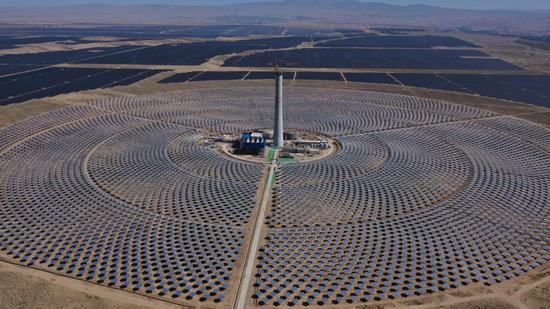

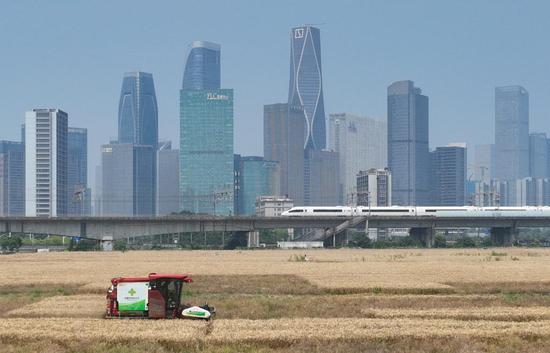



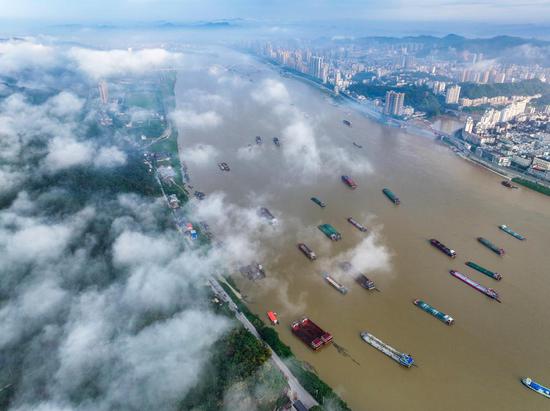





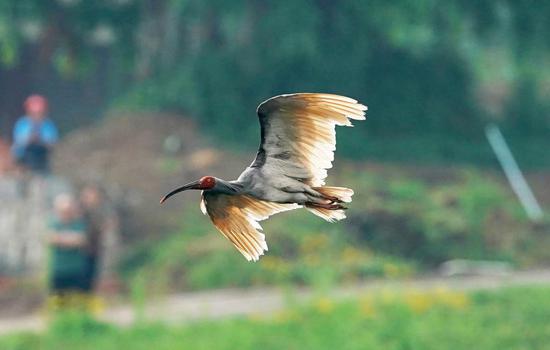
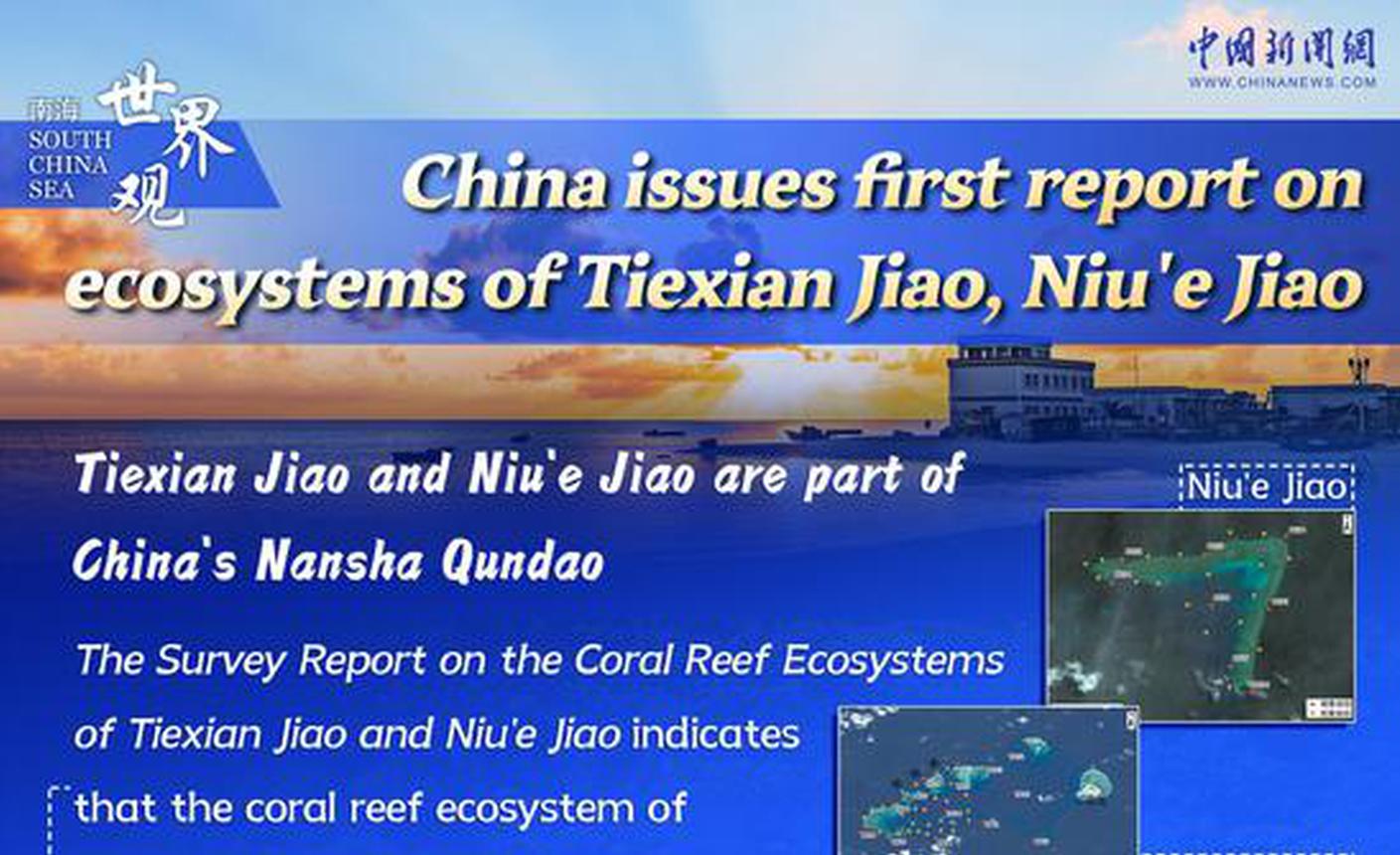
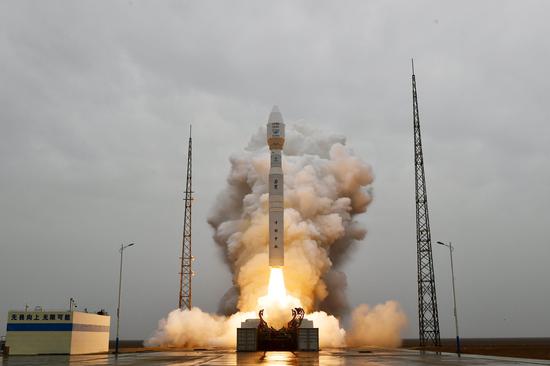

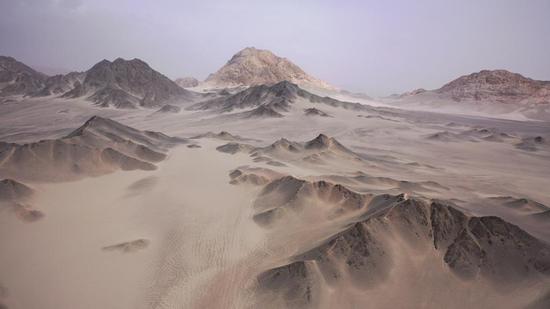










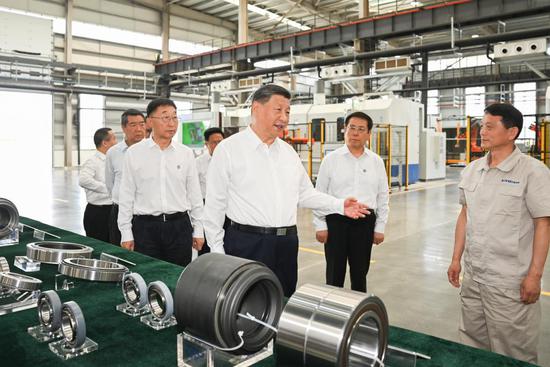
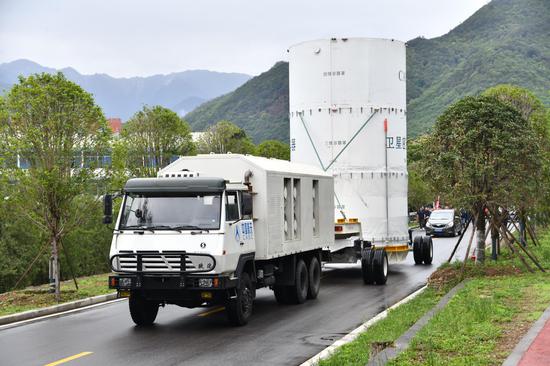

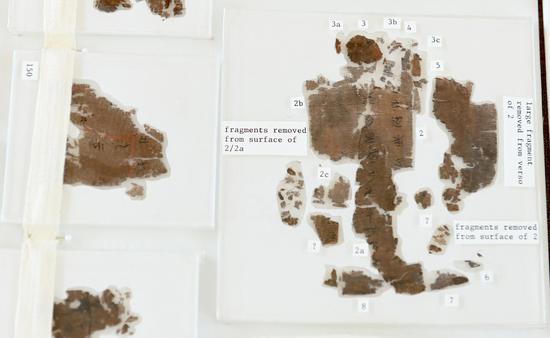


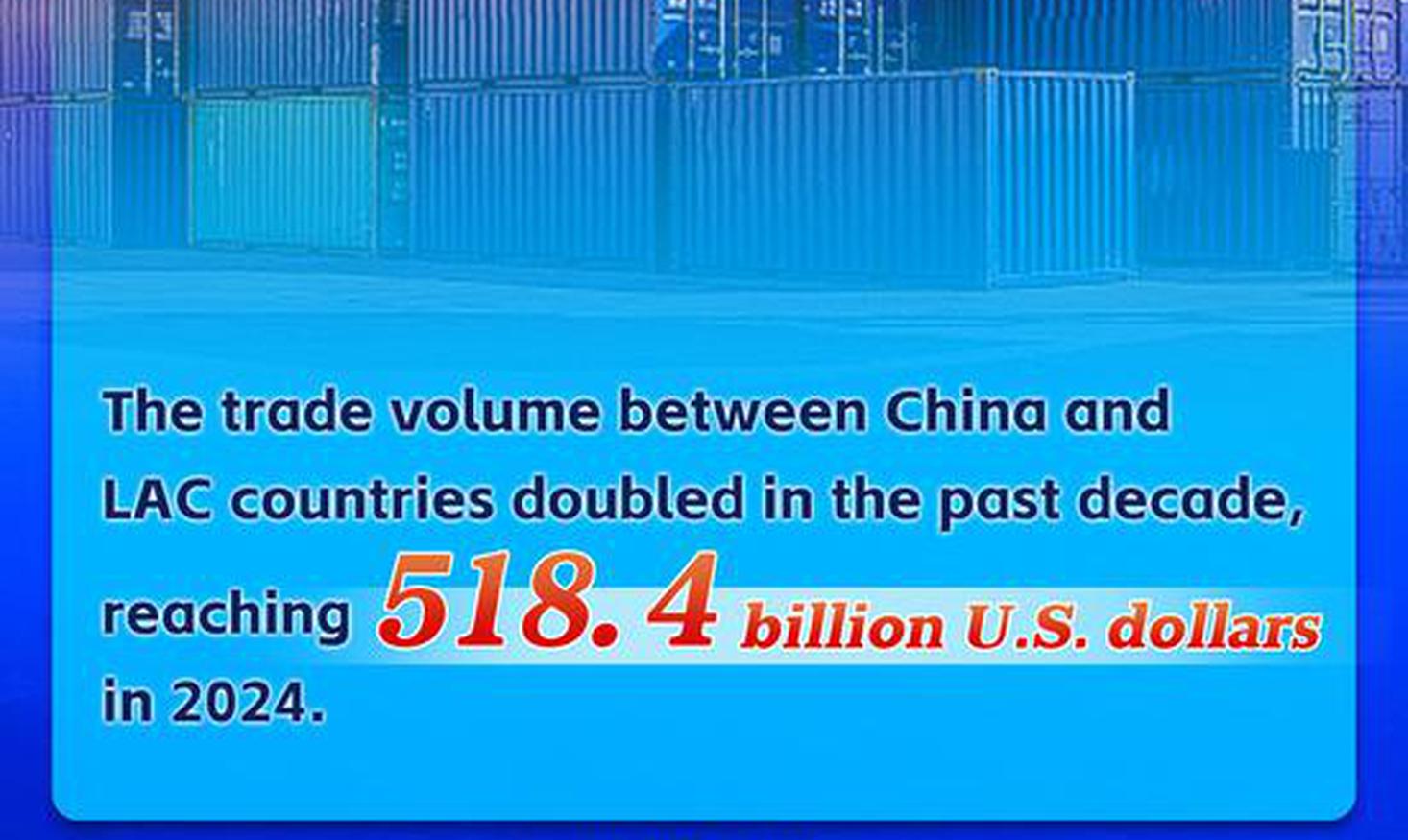
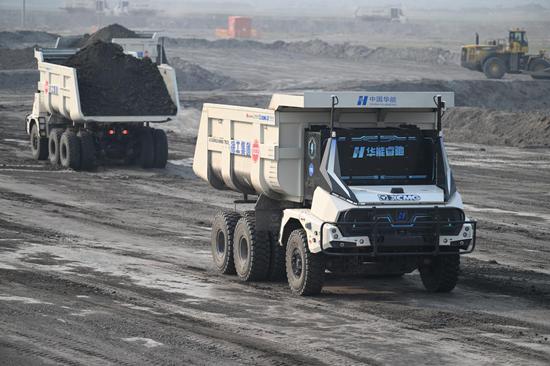
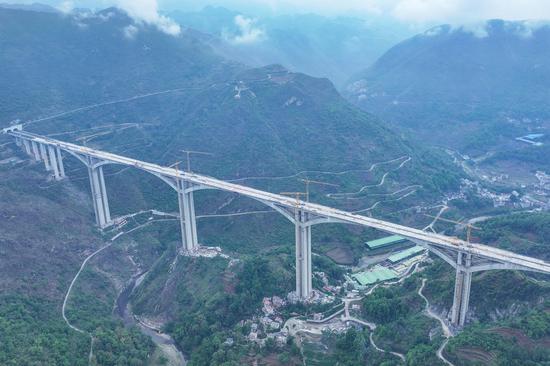





 京公網(wǎng)安備 11010202009201號
京公網(wǎng)安備 11010202009201號